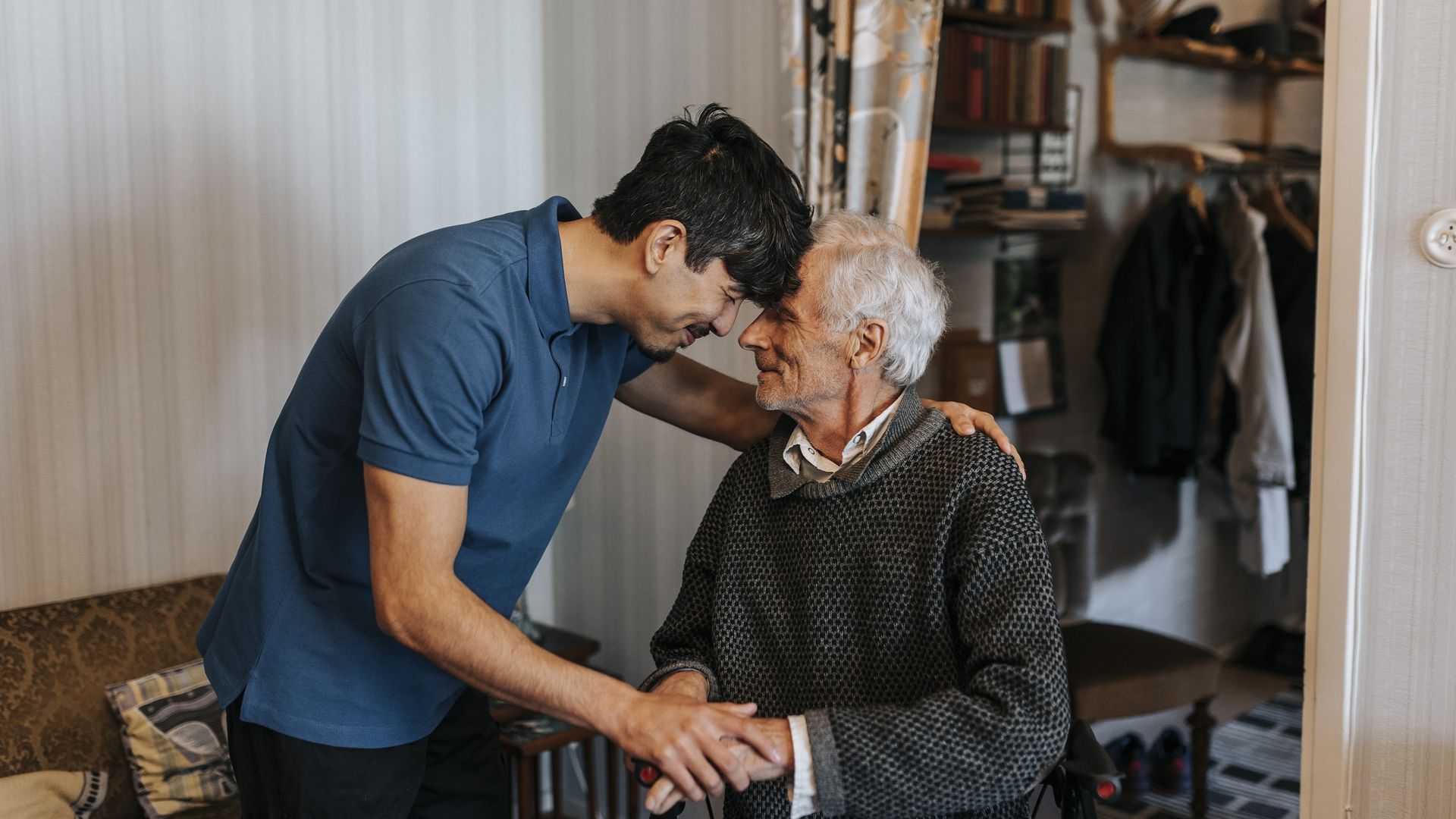By Kelly Gallimore, ChFC®, CES®
published 8 November 2023
I never expected to take care of my mother; after all, she had always cared for me. The thought of her giving up her independence — and, to some degree, her spirit — was unthinkable to both of us. Yet, in 2017, at the age of 90, she moved into my home. I had become one of the approximately 40 million Americans who provide unpaid care to older adults and adults with disabilities. Almost as stressful was the process leading up to this decision. As November is National Caregivers Month, I hope my story can help others who are facing this transition.
Approach it Holistically
When identifying the best course of action for your loved one and their personal situation, consider key factors to ensure a smoother transition:
- First, consider the people involved in the transition. What are everyone’s concerns, and what is their unique perspective?
- What is the purpose, the desired result? Is everyone in alignment?
Sometimes, articulating your purpose can be challenging; however, it is invaluable. For those with complex family dynamics, a mediator may be beneficial. If you or your parents have a trusted adviser (financial planner, attorney, or doctor), they can help guide the conversation. When beginning a discussion, it is essential to:
Effective Communication Strategies
- Be patient
- Value every attempt at conversation
- Avoid overwhelming discussions; you do not have to cover everything at once
Next, evaluate the parts. Determine what responsibilities should be transitioned and to whom. Can responsibilities be shared? In my case, my family and I agreed that I would be responsible for my mother’s medical and financial care. Other family members often helped with her daily needs and provided me with occasional breaks, while my sisters contributed financially.
Practical Steps Forward
Finally, implement the practical steps, which are unique to every situation. If moving is involved, prefer the best living arrangement — whether with family or in a care facility. If with family, home modifications may be necessary; selecting the right facility will take time. A resource to consider is A Place for Mom, which can assist families in finding the best care fit. Whatever the decision, it will determine the next steps.
An essential practical item is estate planning. Ensure that your loved one’s will, advanced healthcare directive, HIPAA authorization, and financial power of attorney are in good order. The primary caregiver may or may not be the executor of the will but should be listed in the other documents.
Moving Forward
Once a decision is made and the transition has begun, your role does not end there. The situation will continue to evolve. I was fortunate that my mother’s move went smoothly; once she agreed to leave her home, she found contentment.
Three challenges persisted: her declining health, my well-being, and financial obligations. Despite our best planning, unforeseen circumstances may arise. Recognizing changes and seeking help is vital. Often, all these challenges can be addressed simultaneously; in my case, we benefited from hospice care.
Hospice care is available even when death is not imminent. Since I was working full-time, having a volunteer visit on days I was out was invaluable. Whether at the start of your caregiving journey or further along, try not to project too far into the future, which can increase present anxiety. Most importantly, remember that it’s okay to ask for help.
The hospice program provided support, including a social worker, who was available for me as much as for my mother. He offered a listening ear when I needed to talk or vent and understood my experiences. Even in the best circumstances, difficult days will occur, so nurturing your support system and prioritizing self-care is crucial.
Self-care varies for everyone but includes core elements. I was surprised at how often I forgot to eat or held my breath. The social worker reminded me to engage in activities that brought fulfillment, no matter how small.
Lastly, give yourself permission to take some days off. Hospice provided short-term residential care, and family members might assist or consider hiring a private nurse or companion.
While Medicare covered most costs, at times, private certified nursing assistants (CNAs) were necessary. To avoid draining your financial resources, evaluate your loved one’s assets and research other aid for which they may qualify. If you can contribute financially, explore how siblings might share costs or assist in other ways. Organizations like the Administration for Community Living can offer support, no matter the challenges you face.
Caring for my mother during the 14 months she lived with me was one of the most challenging yet rewarding experiences of my life. As we celebrate National Caregivers Month, I encourage everyone navigating this journey to grant themselves grace during this period.
Securities offered through LPL Financial, member FINRA/SIPC. Investment advice offered through Merit Financial Group, LLC, an SEC registered investment adviser. Merit Financial Group, LLC and Merit Financial Advisors are separate entities from LPL Financial. The opinions voiced in this material are for general information only and are not intended to provide specific advice or recommendations for any individual.
Kelly Gallimore is solely an investment advisor representative of Merit Financial Advisors and not affiliated with LPL Financial. Any opinions or views expressed by Kelly Gallimore are his/her own and are not those of LPL Financial.




